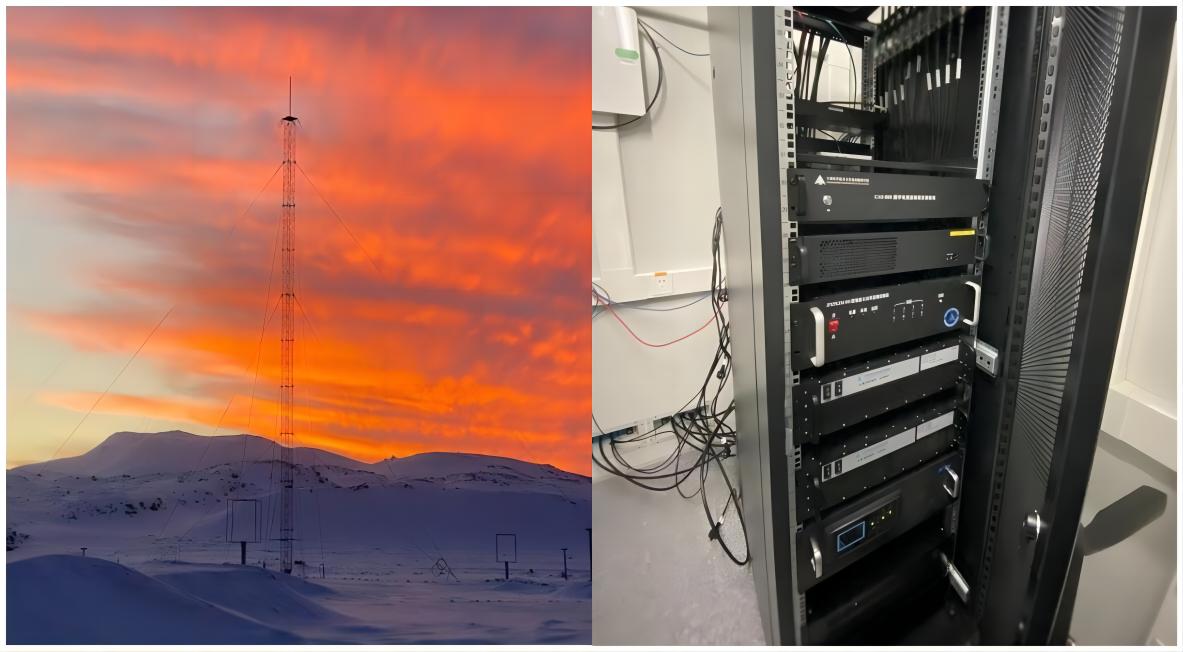AIR Scientists Design Digital Ionosonde for Meridian Space Weather Monitoring Project
Designed for the "Meridian Space Weather Monitoring Project-II", five digital ionosondes have been installed and start operation at the observatories of this Project, according to the Aerospace Information Research Institute (AIR), Chinese Academy of Sciences (CAS) on November 16, 2022.
The ionosphere stretches roughly 50 to 400 miles above Earth's surface, right at the edge of space, and it will influence the operations of communication systems, radar systems, and navigation systems. The ionosonde is a ground-based radar system for detecting the ionosphere, and it can provide data for space weather monitoring and forecasting.
The Meridian Space Weather Monitoring Project is a ground-based program to monitor China's geo-space environment to acknowledge the needs of both basic science and useful space weather operations. As a major research infrastructure of China for space weather monitoring, the Meridian Project consists of a chain of 31 ground-based observatories located roughly along E longitude of 100°, 120°, and N latitude of 30°, 40°.
As one of the key instruments of each observatory, the ionosondes will be installed to measure the key parameters of the ionosphere.
A total of ten ionosondes for the Project are developed by the Key Laboratory of Electromagnetic Radiation & Sensing Technology with AIR. As an example of Chinese home-made instrument, the ionosondes feature multiple technology advantages in terms of real-time narrowband tracking filtering, all-digital circularly polarized wave synthesis, O-wave and X-wave separation, and so on.
The instruments enable scientists to monitor the ionosphere over China in a networked way,and plays an important role in realizing the three-dimensional detection target of the solar-terrestrial space environment through the ground-based measurement.

A digital ionosonde installed at the Great Wall Station in Antarctica.



News & Events